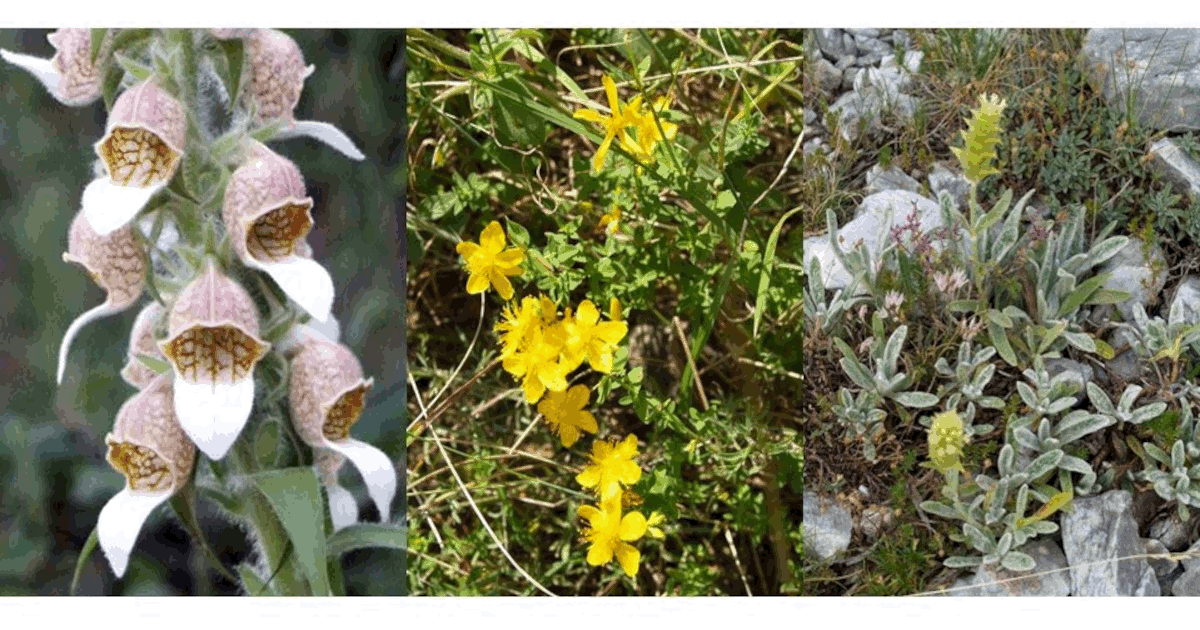- 2.1Impact Factor
- 4.0CiteScore
- 18 daysTime to First Decision
Ethnobotany, Medicinal Plants and Biodiversity Conservation: 2nd Edition
This special issue belongs to the section “Plant Diversity“.
Special Issue Information
Dear Colleagues,
We are pleased to announce a forthcoming Special Issue of Diversity on the biodiversity and chemical diversity of medicinal plants, second edition, with an emphasis on ethnobotany. The priceless traditional knowledge of plants’ healing properties provides the background for modern pharmacological and toxicological tests. Also, the rich cultural heritage related to medicinal plants inspires investigations of the chemical diversity of medicinal plants. The assessment of wild resources of these plants is a crucial point for their sustainable use. Native populations of many medicinal plants are at risk due to habitat loss, ecological degradation, overharvesting, and pollution; this deserves research efforts. Of course, cultivation is the best approach to sustainably provide sufficient raw materials of consistent quality for natural pharmaceutical and cosmetic products. It also has the added advantage of reducing the natural chemical diversity that exists in natural populations and, thus, the standardization process is easier and more efficient. Most medicinal plant species and crops depend on pollinators for their reproduction. At the same time, it is well known that the number of pollinators, particularly of wild bees, is declining. One reason for this is the indiscriminate application of chemical pesticides. Traditional plant knowledge may help to identify biopesticides that can be incorporated into agricultural practices.
This Special Issue seeks to integrate the latest research on traditional herb knowledge with modern pharmacology and phytochemistry trends. This is crucial to preserve wild populations of medicinal plants and to develop management strategies for their sustainable use. We invite you to submit a manuscript focused on any of the above topics. Although specific case studies with broad implications are welcome, we encourage authors to submit large-scale and/or multi-species studies, syntheses, and reviews. If you are interested in this opportunity or have any questions, please do not hesitate to contact us.
Prof. Dr. Ekaterina Kozuharova
Dr. Ina Yosifova Aneva
Prof. Dr. Luca Rastrelli
Guest Editors
Manuscript Submission Information
Manuscripts should be submitted online at www.mdpi.com by registering and logging in to this website. Once you are registered, click here to go to the submission form. Manuscripts can be submitted until the deadline. All submissions that pass pre-check are peer-reviewed. Accepted papers will be published continuously in the journal (as soon as accepted) and will be listed together on the special issue website. Research articles, review articles as well as short communications are invited. For planned papers, a title and short abstract (about 250 words) can be sent to the Editorial Office for assessment.
Submitted manuscripts should not have been published previously, nor be under consideration for publication elsewhere (except conference proceedings papers). All manuscripts are thoroughly refereed through a single-blind peer-review process. A guide for authors and other relevant information for submission of manuscripts is available on the Instructions for Authors page. Diversity is an international peer-reviewed open access monthly journal published by MDPI.
Please visit the Instructions for Authors page before submitting a manuscript. The Article Processing Charge (APC) for publication in this open access journal is 2100 CHF (Swiss Francs). Submitted papers should be well formatted and use good English. Authors may use MDPI's English editing service prior to publication or during author revisions.
Keywords
- ethnobotany and ethnopharmacology
- pharmacological tests based on traditional knowledge phytochemistry
- resources and conservation of medicinal plants
- sustainable use of medicinal plants
- cultivation and biotechnology
- ethnobotany and biopesticides

Benefits of Publishing in a Special Issue
- Ease of navigation: Grouping papers by topic helps scholars navigate broad scope journals more efficiently.
- Greater discoverability: Special Issues support the reach and impact of scientific research. Articles in Special Issues are more discoverable and cited more frequently.
- Expansion of research network: Special Issues facilitate connections among authors, fostering scientific collaborations.
- External promotion: Articles in Special Issues are often promoted through the journal's social media, increasing their visibility.
- e-Book format: Special Issues with more than 10 articles can be published as dedicated e-books, ensuring wide and rapid dissemination.

